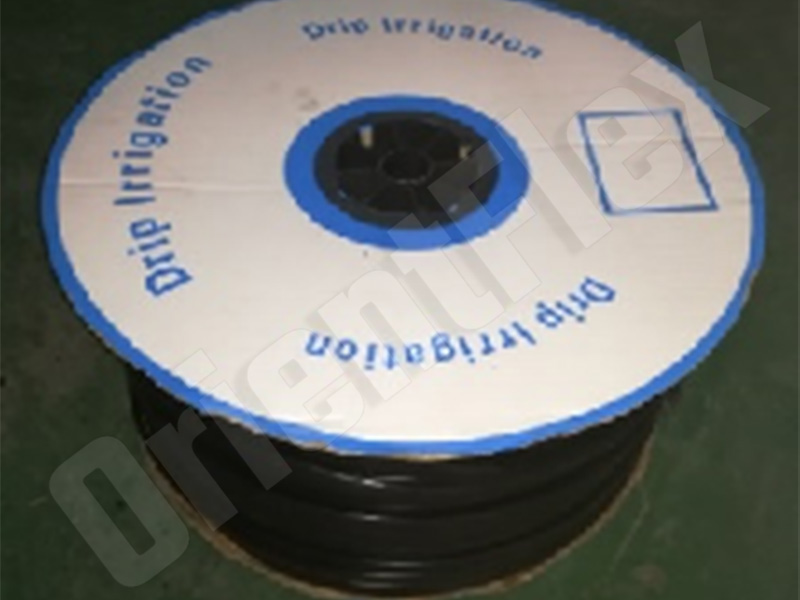As we all know, a new type of green and environment-friendly irrigation technology is emerging, that is, drip pipe. It was used in many places, and few people knew the technique at the time.
Water saving, fertilizer saving and labor saving
Drip irrigation is a total pipeline water transmission and local micro-irrigation, so that water leakage and loss to the minimum. At the same time, because it can supply the water needed by the root area of crops in a timely manner, there is no loss of peripheral water and the utilization efficiency of water is greatly improved. Irrigation can be easily combined with fertilization, i.e., dissolve the fertilizer after infusion into the irrigation system, due to chemical fertilizer combined with irrigation water, fertilizer nutrients evenly applied directly to the crop root layer, realize the synchronous water, greatly improving the effective utilization rate of fertilizers, at the same time as a small local control, micro irrigation, water leakage is less, so can save find. The application of irrigation and fertilization technology has provided convenience for the timely supply of expensive micro-elements to crops and avoided waste. Drip irrigation system only by manual or automatic control valves, and combined with fertilization, so it can obviously save labor input, reduce the production cost, improve the utilization rate of resources, ensure the whole irrigation.
Control temperature and humidity
Conventional furrow irrigation of greenhouse, a large irrigation water, the surface moist for a long time, not only the canopy temperature, ground temperature decrease quickly, recovered slower, and evaporation capacity increasing, the indoor humidity is too high, easy to cause plant diseases and insect pests of vegetables or flowers. Because of drip irrigation to local micro-irrigation, most of the dry soil surface, and uniform drop head slowly to the root soil layer water supply, maintain of ground temperature, recovery, reduce moisture to evaporate, reduce indoor humidity has obvious effect. Subfilm drip irrigation is adopted, that is, the drip irrigation pipe (belt) is placed under the film, the effect is better. Additional drip irrigation because of easy operation, can implement high frequency of irrigation, and discharge hole is very small, the flow velocity is slow, each irrigation time is longer, the soil moisture change is small, it can control the root zone soil can keep for a long time in close to the most suitable humidity vegetables, flowers, etc. As a result of controlling indoor air humidity and soil moisture, the occurrence of diseases and insect pests can be significantly reduced, and the amount of pesticides can be reduced.
Maintain the soil structure
In the traditional channel border irrigation irrigation water, the larger the soil is more erosion, compaction and erosion, if not timely row scarification, can lead to serious harden and air permeability decline, to a certain extent of damage to soil structure. Drip irrigation is micro irrigation, and water infiltrates the soil evenly and slowly, which can maintain the soil structure and form a suitable soil water, fertilizer and thermal environment.
Improve quality, increase production and increase efficiency
Because the application of drip irrigation reduces the amount of water and fertilizer, pesticide application and the occurrence of diseases and insect pests, the product quality can be improved obviously. Anyway, compared with the traditional irrigation methods, greenhouse or greenhouse facilities such as gardening after using drip irrigation, can greatly improve the product yield, early time to market, and reduce the sewage sludge, applying pesticide content and the cost of inputs such as labor, thus remarkable economic benefits and social benefits. Facility gardening drip irrigation technology meets the requirements of high yield, high efficiency and high quality modern agriculture, which is also the fundamental reason for its existence and extensive application.

